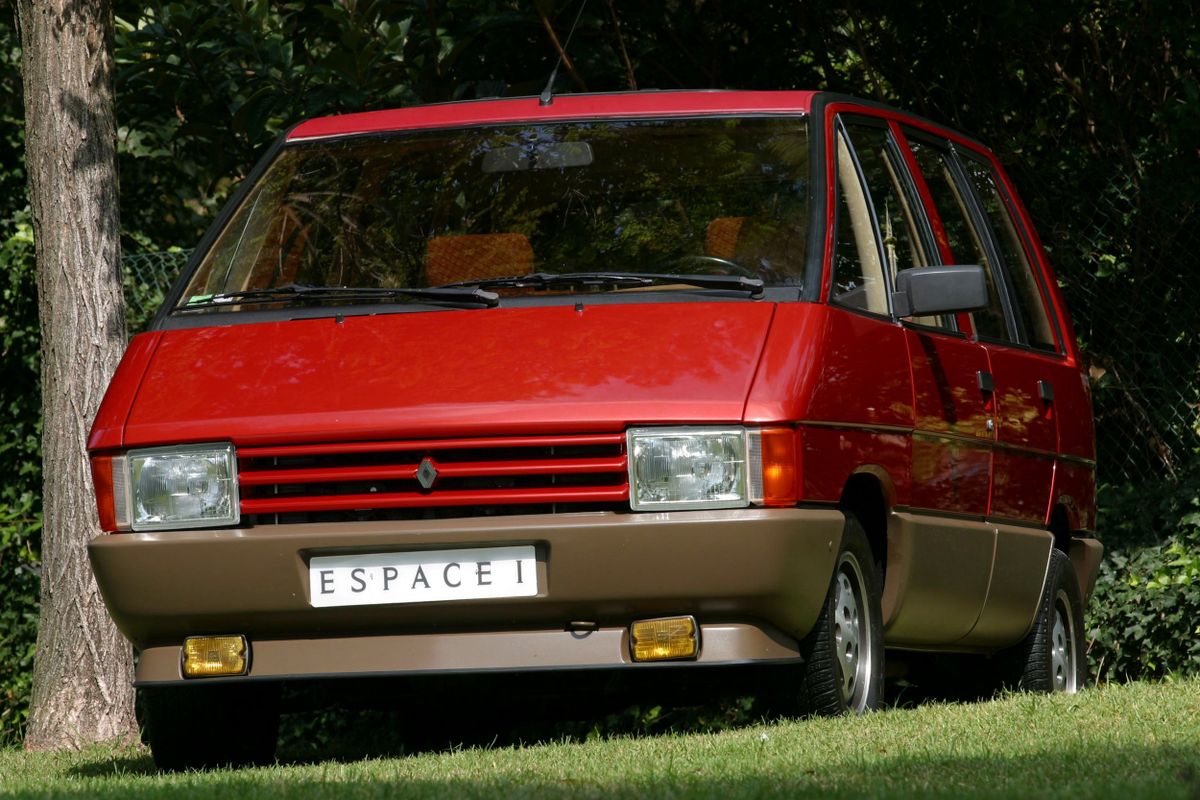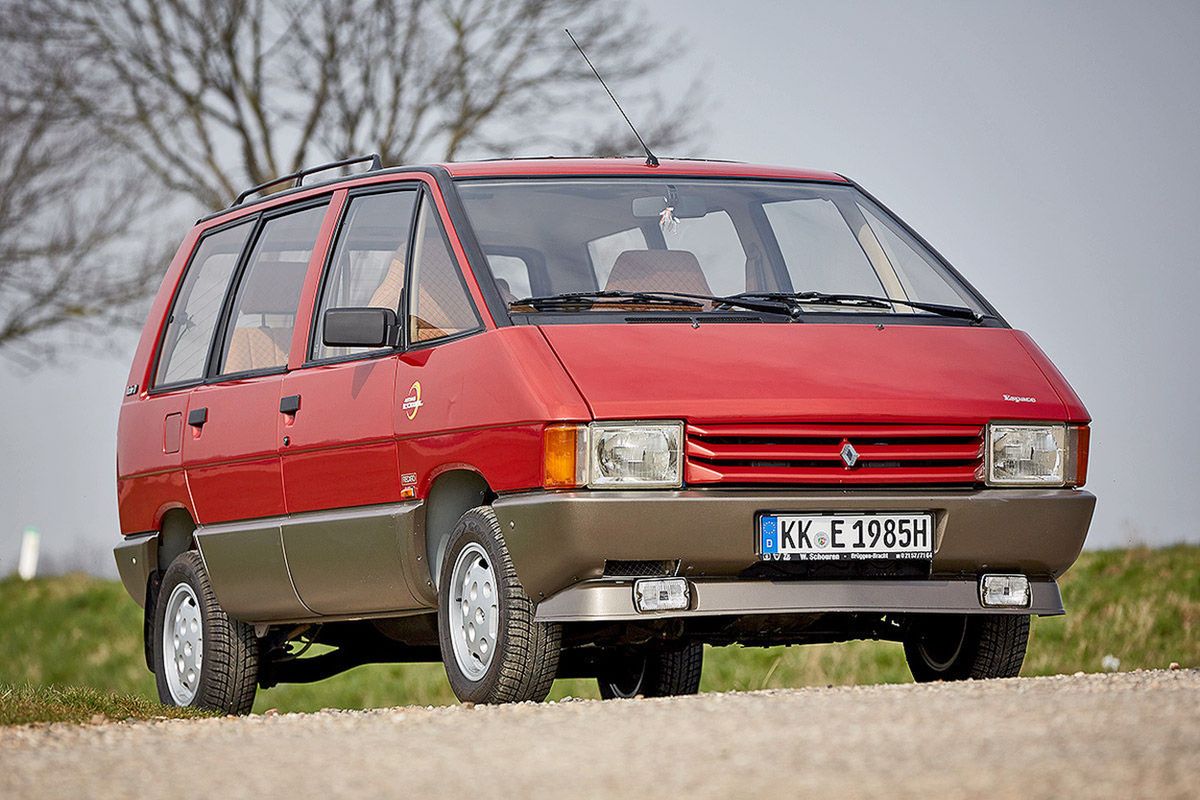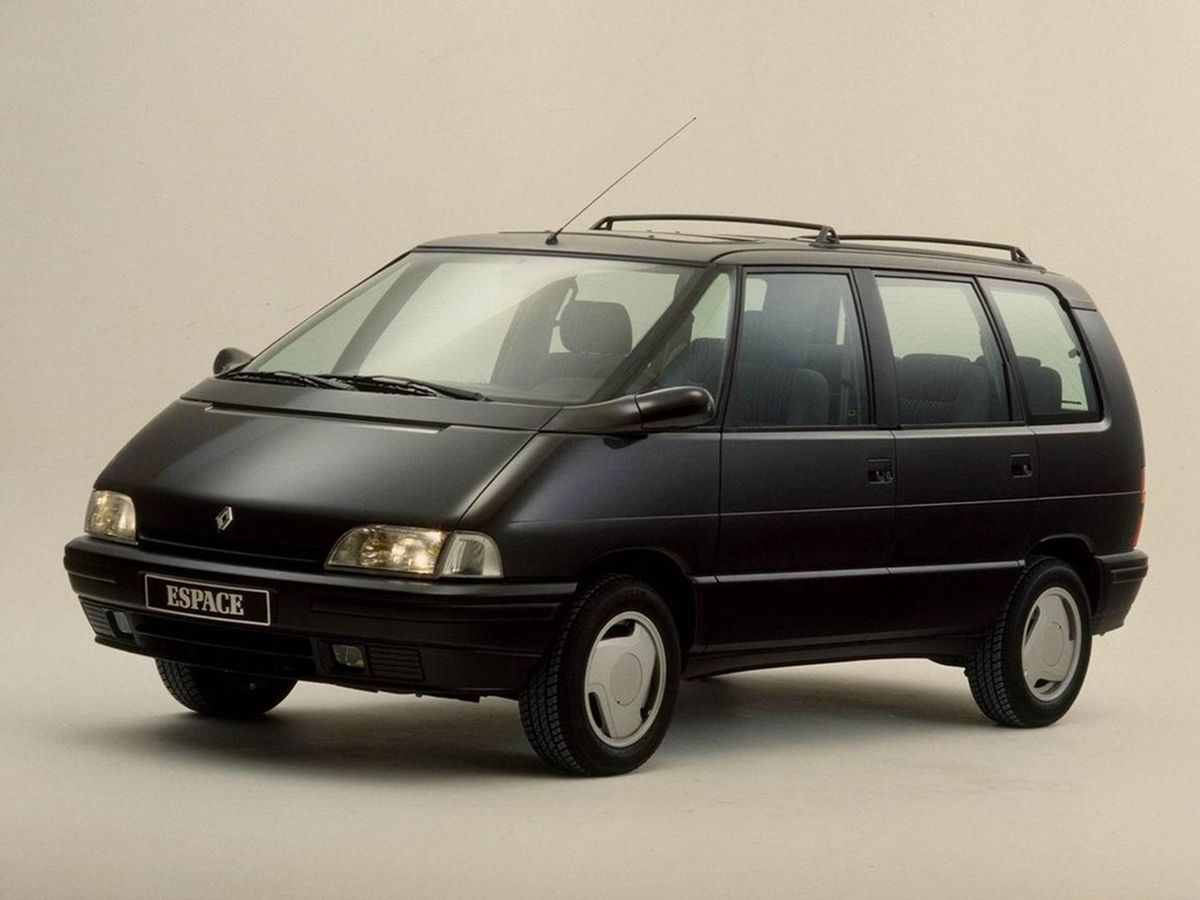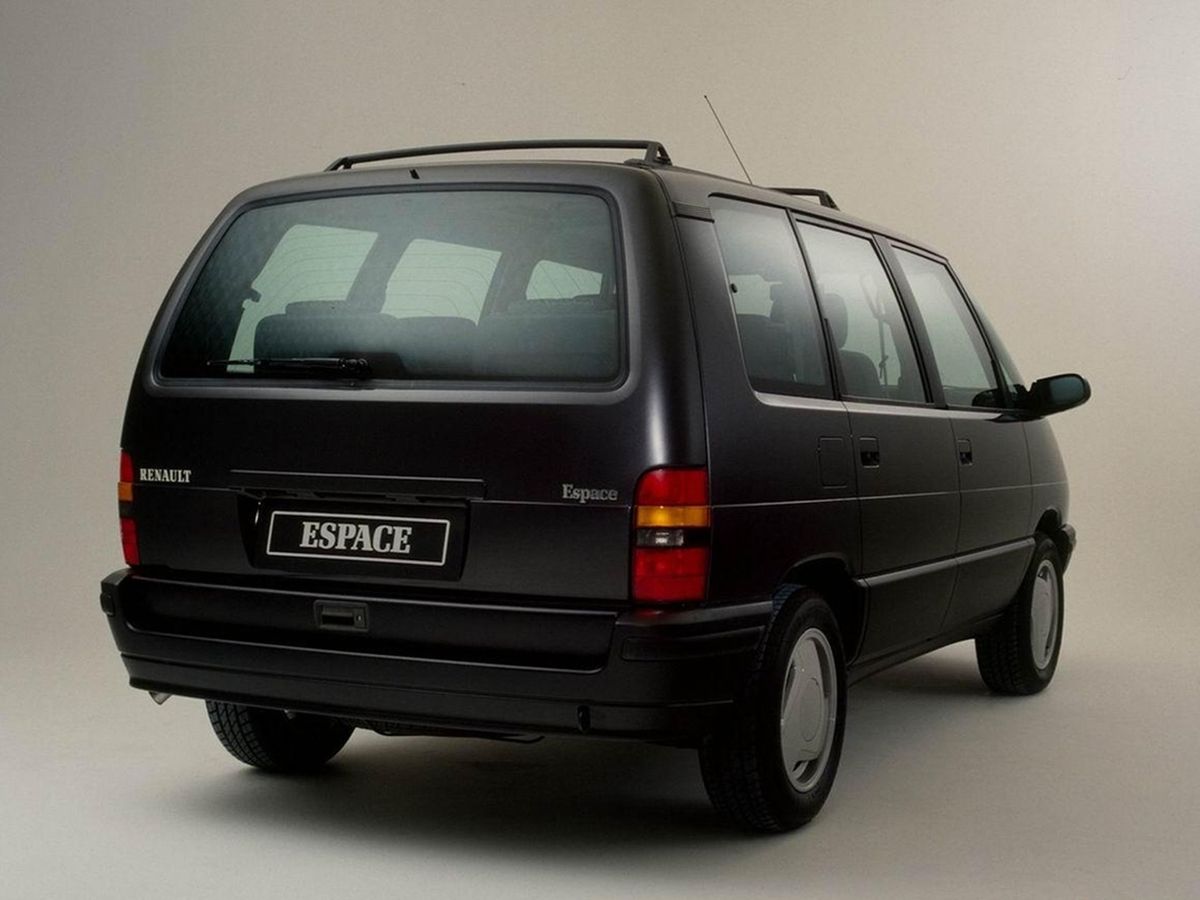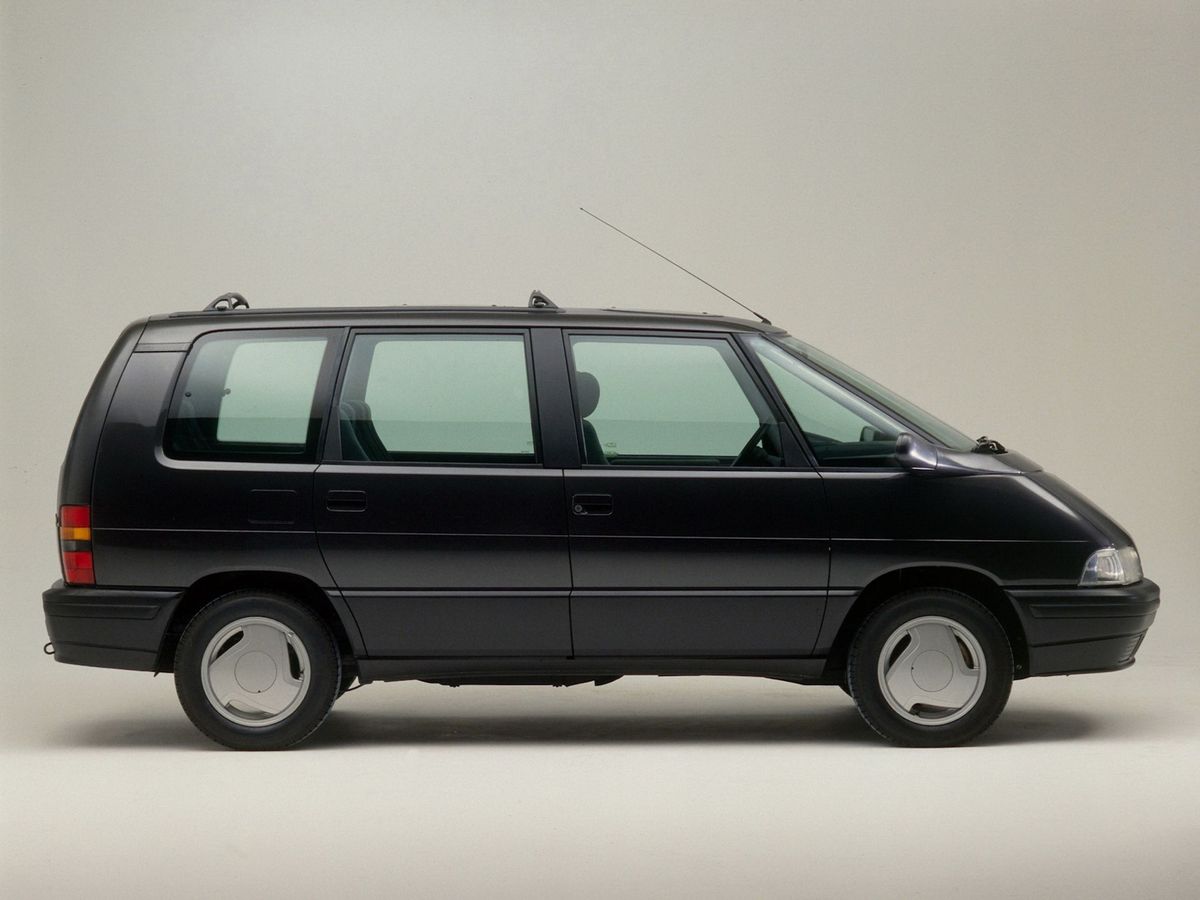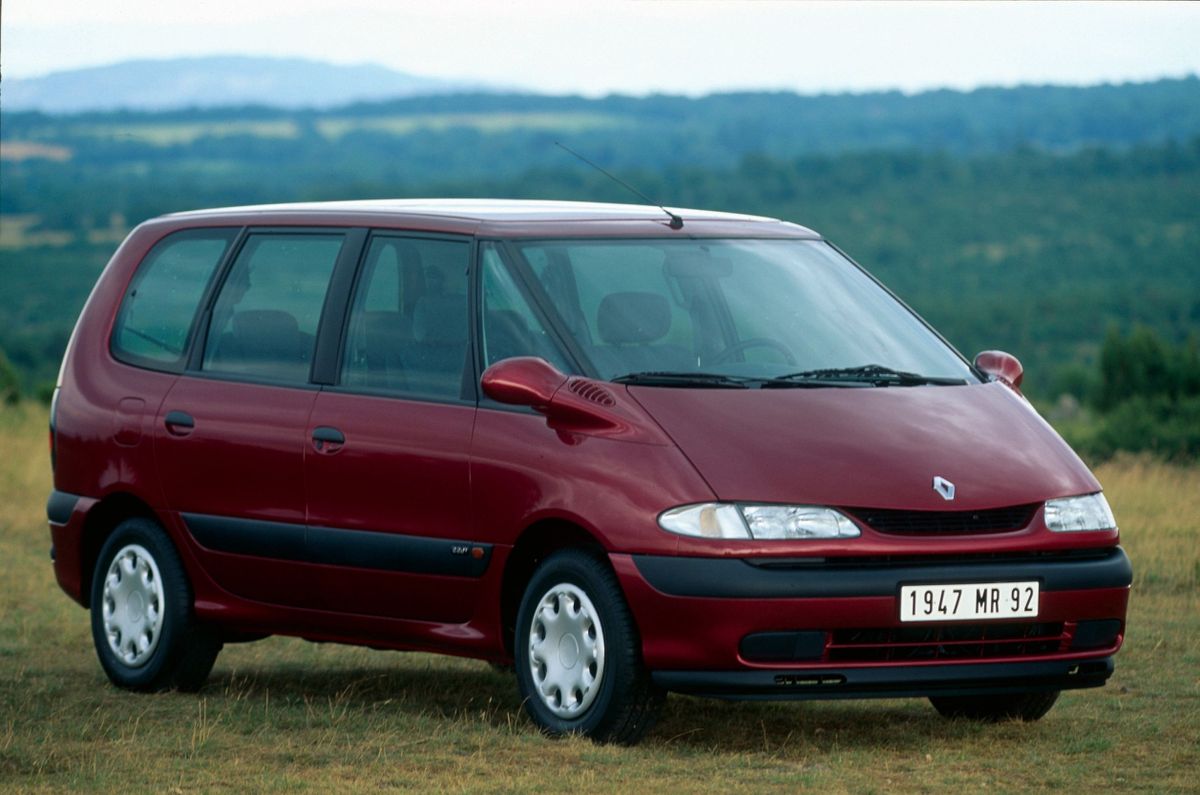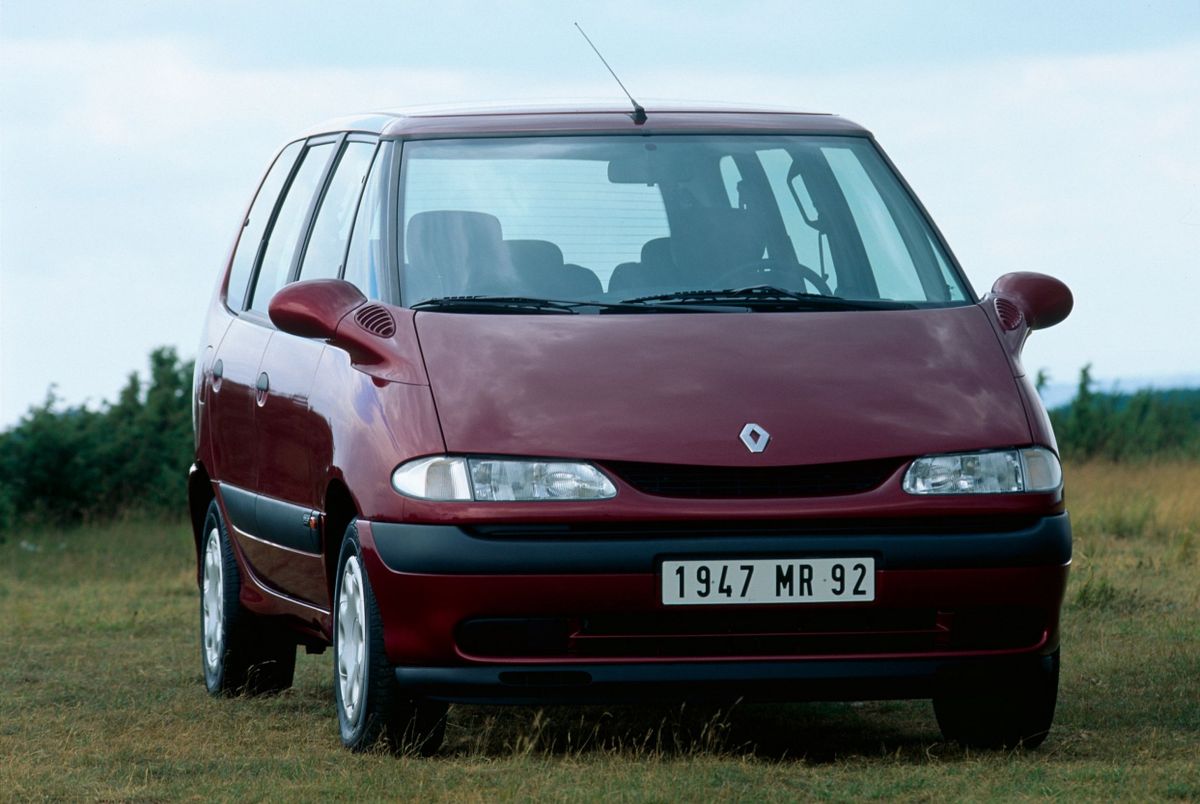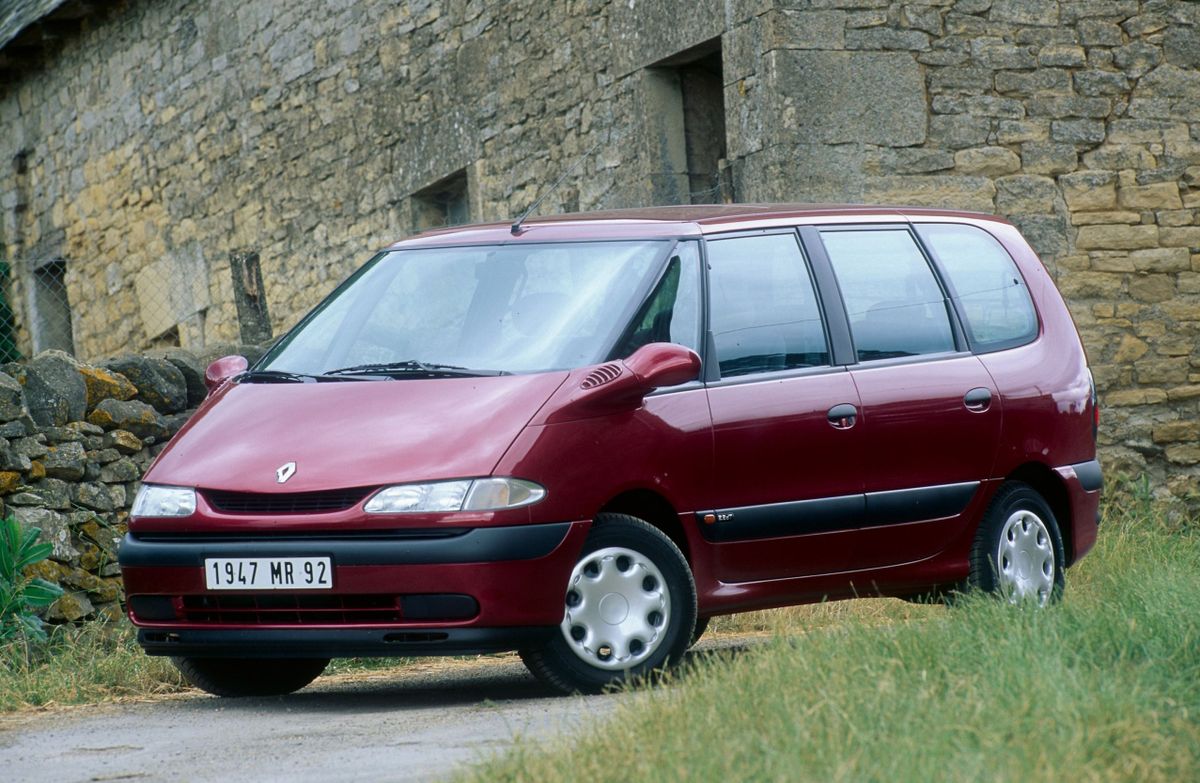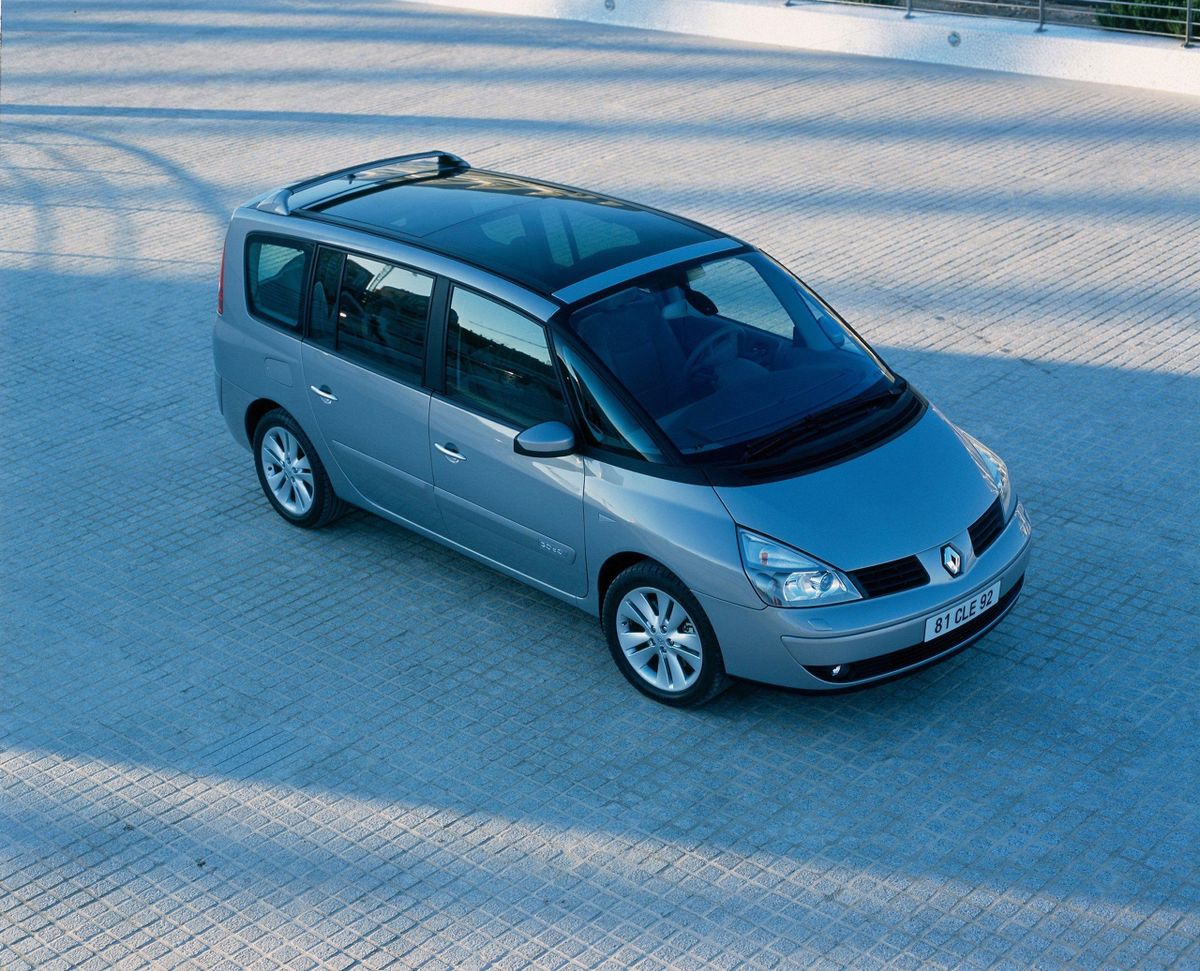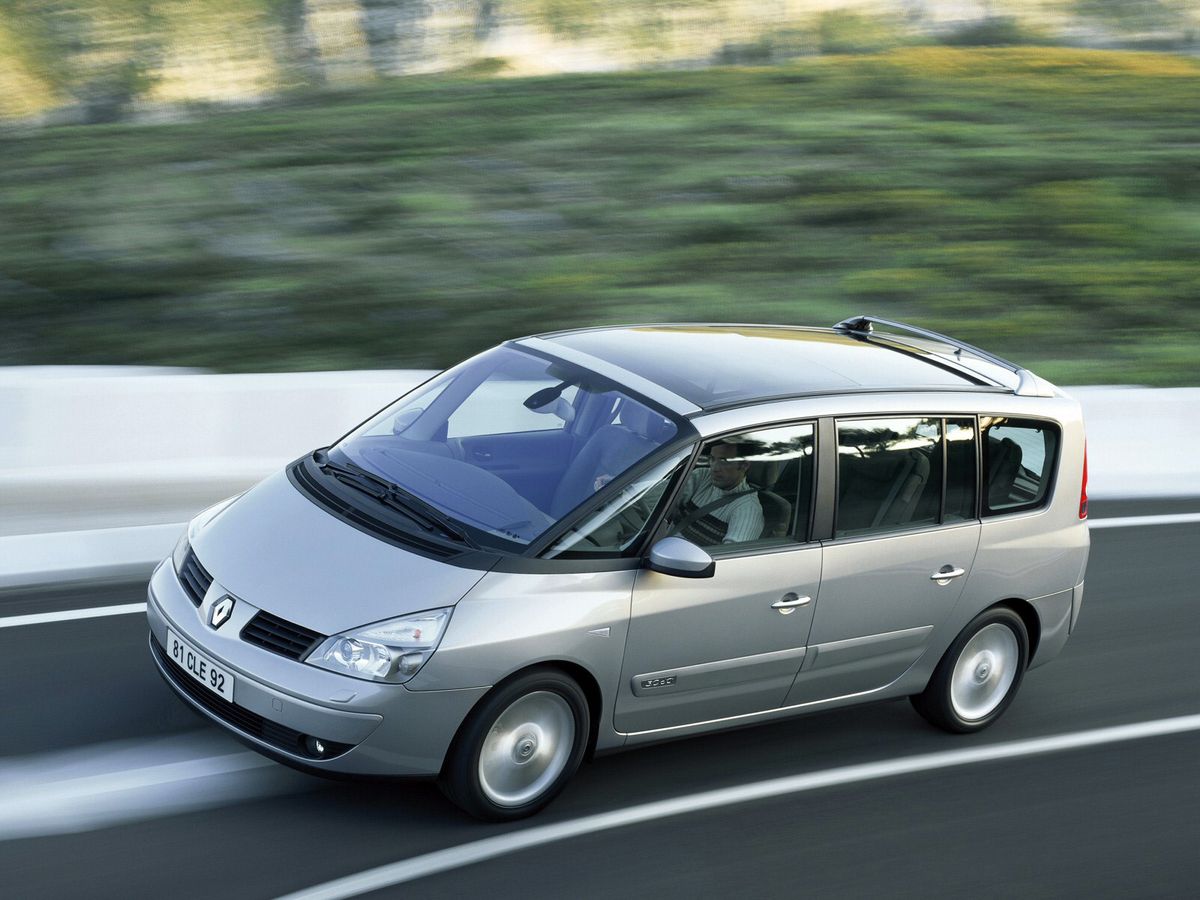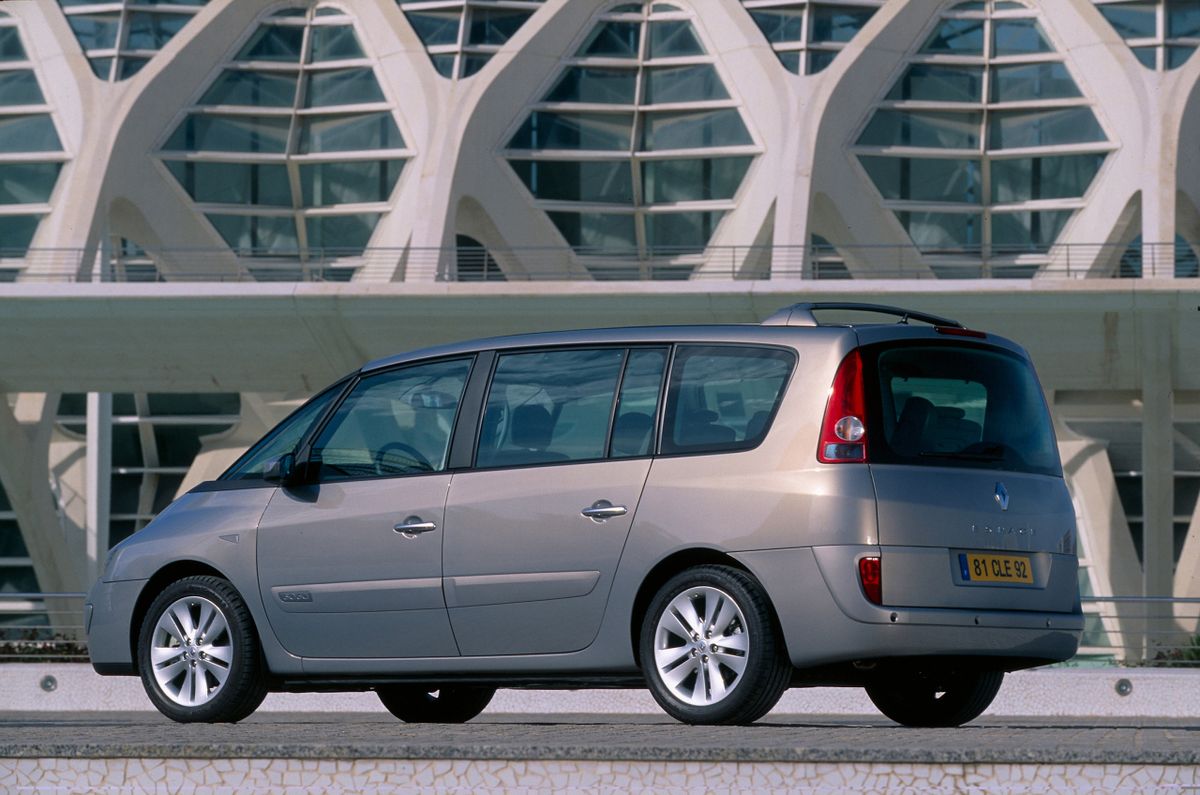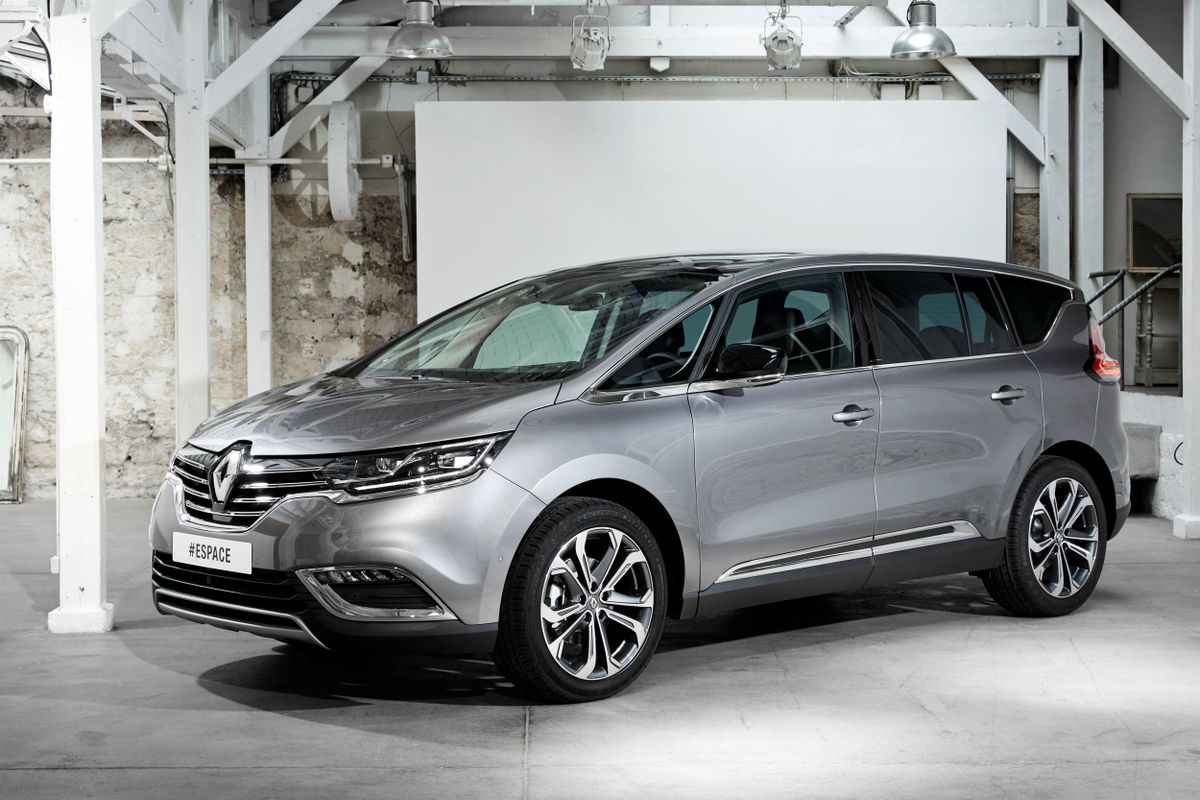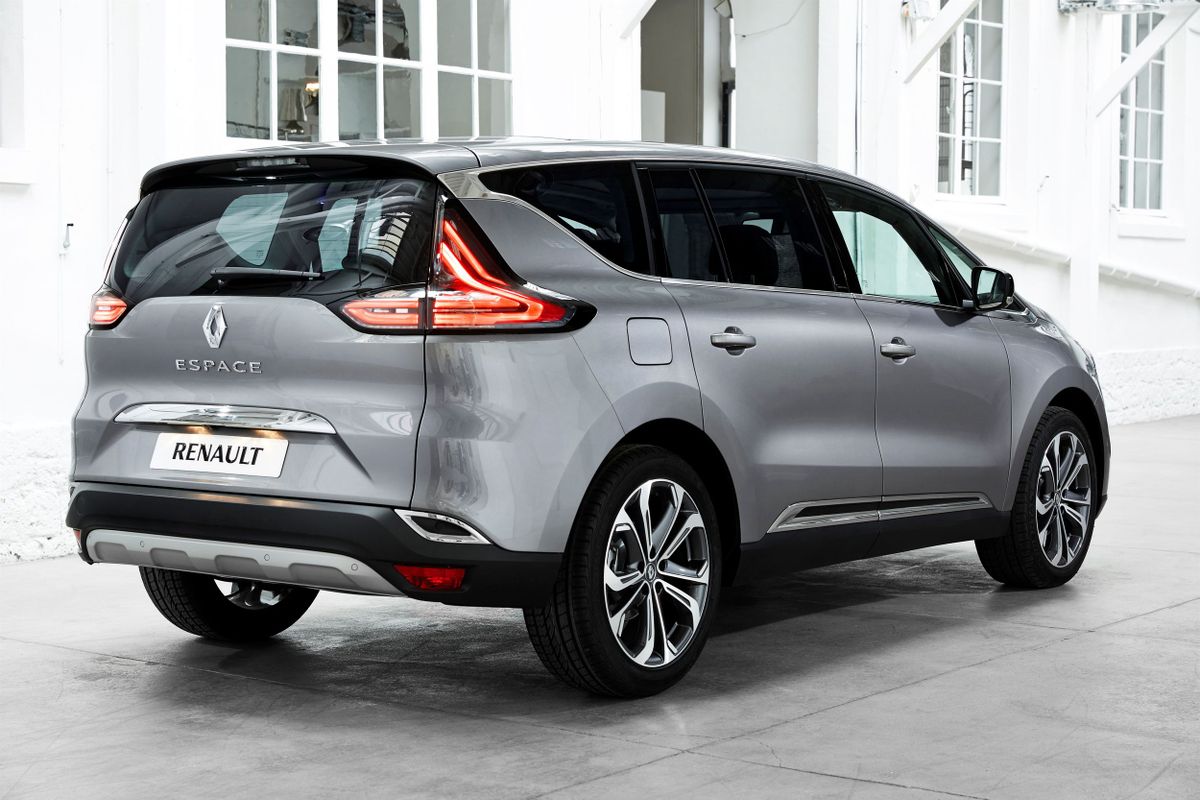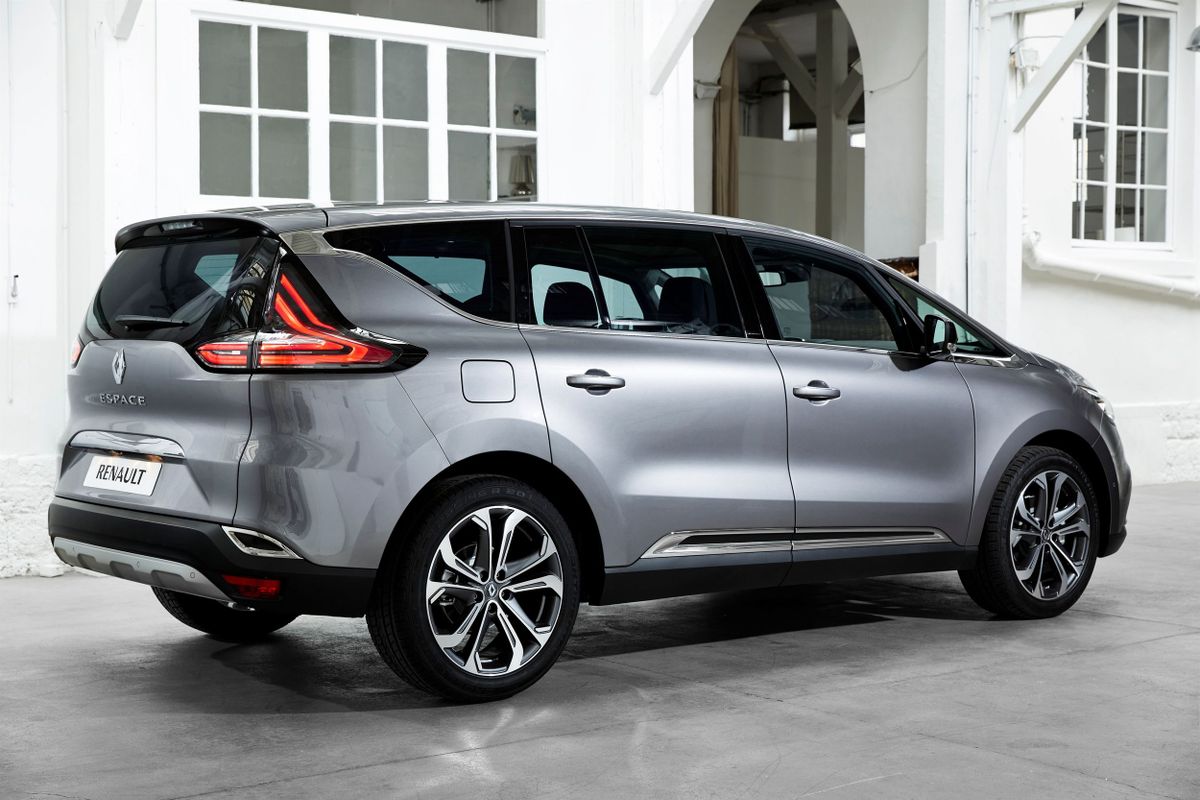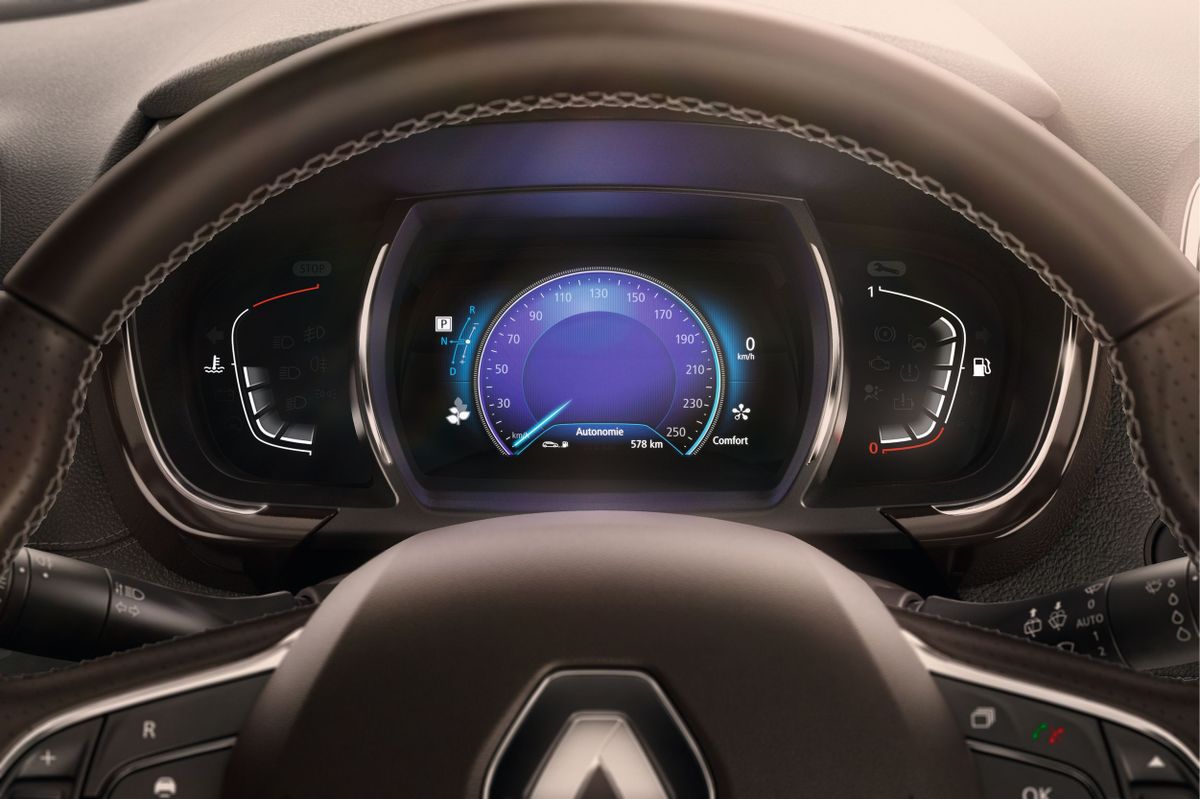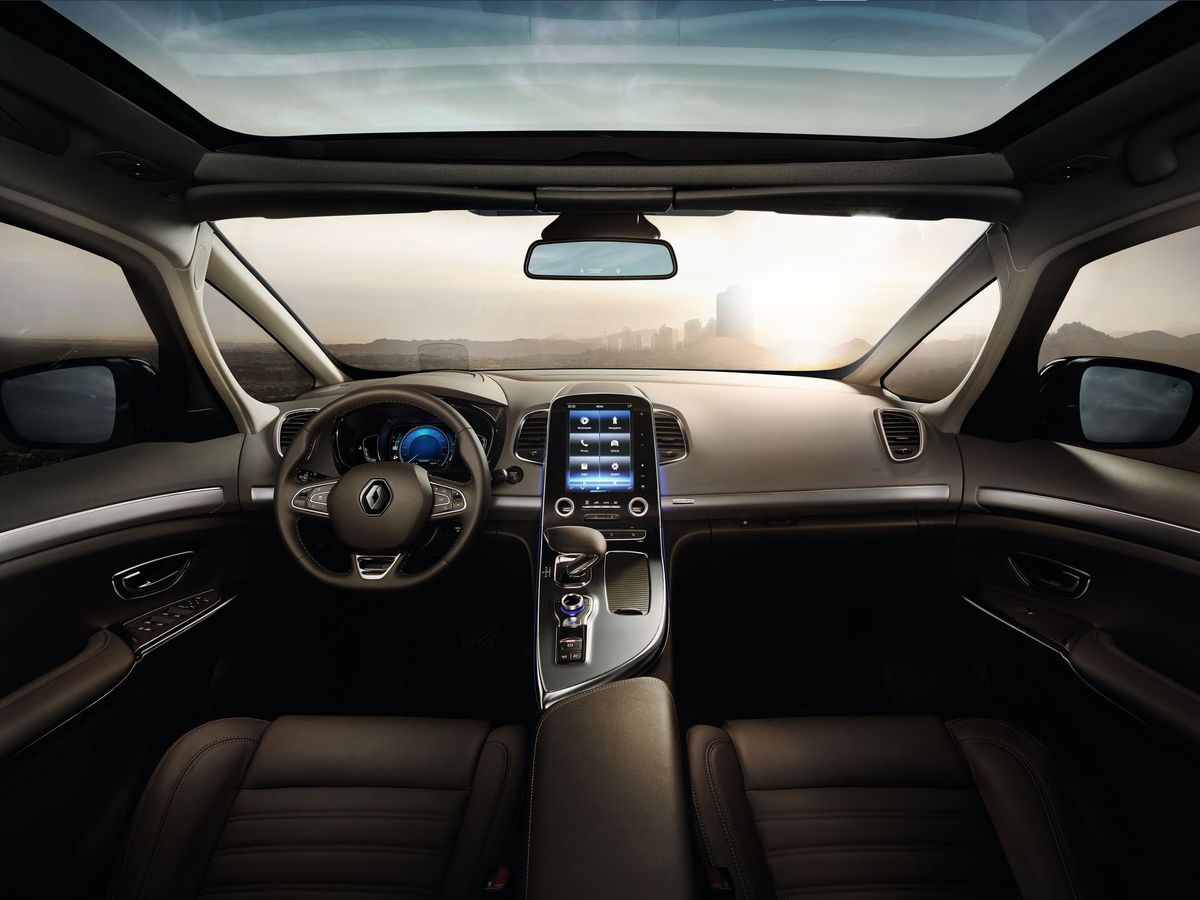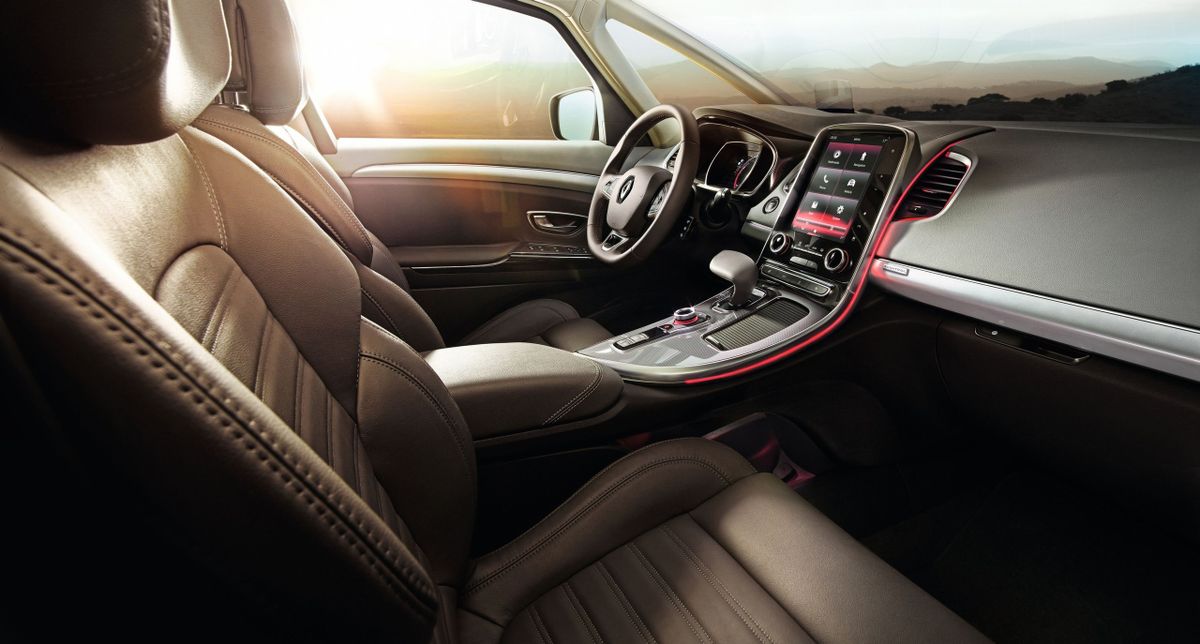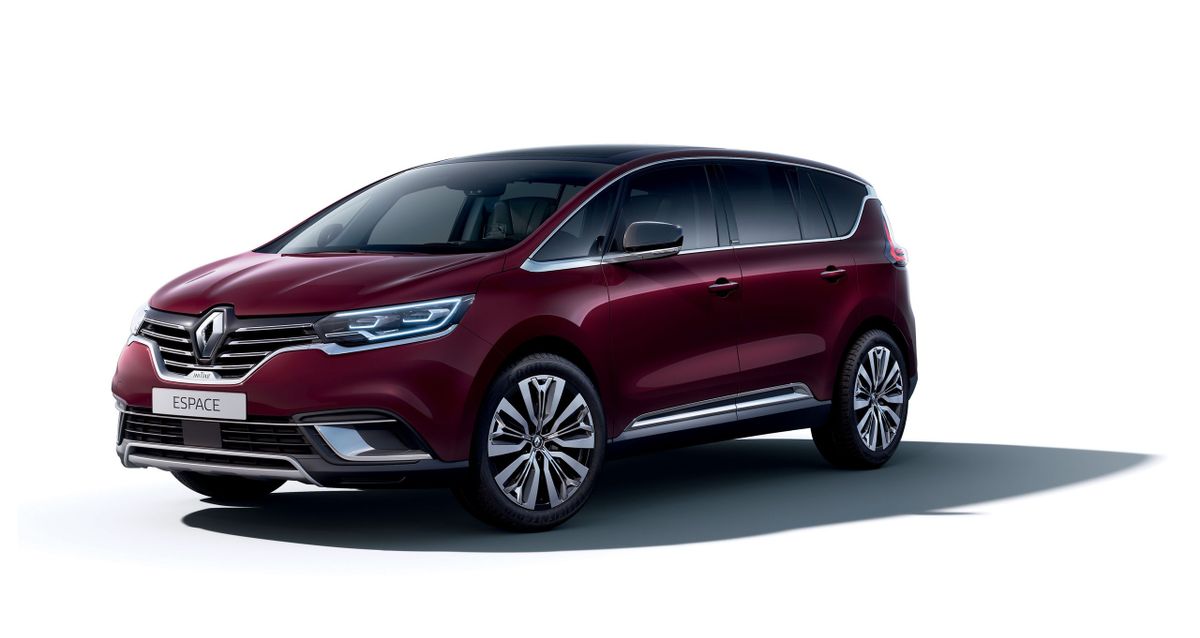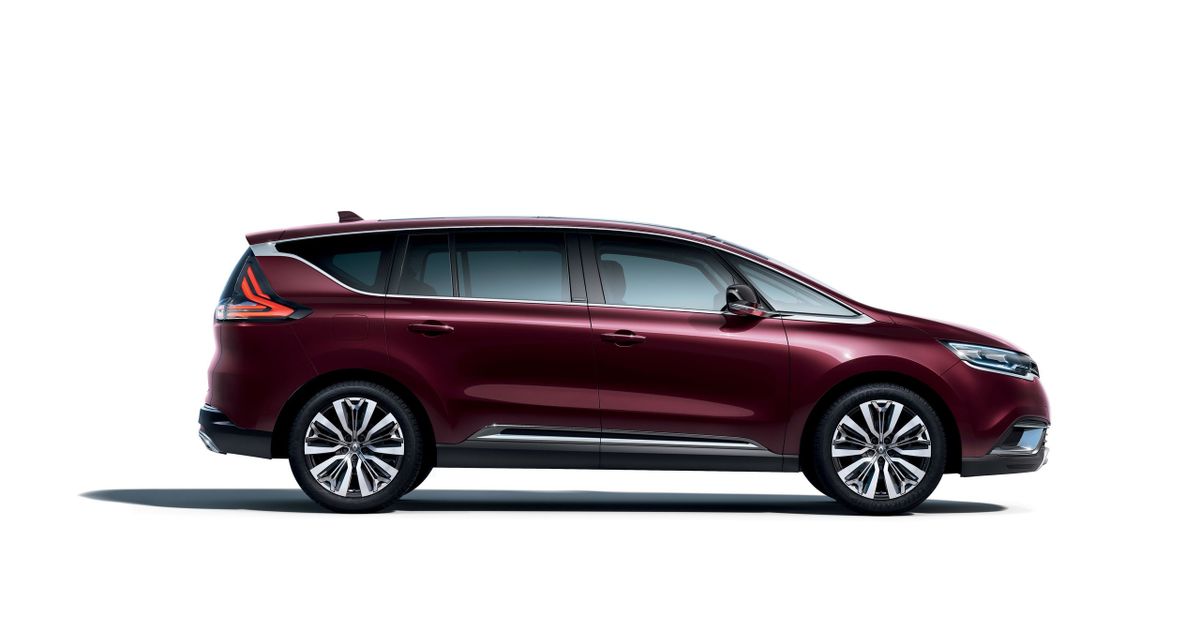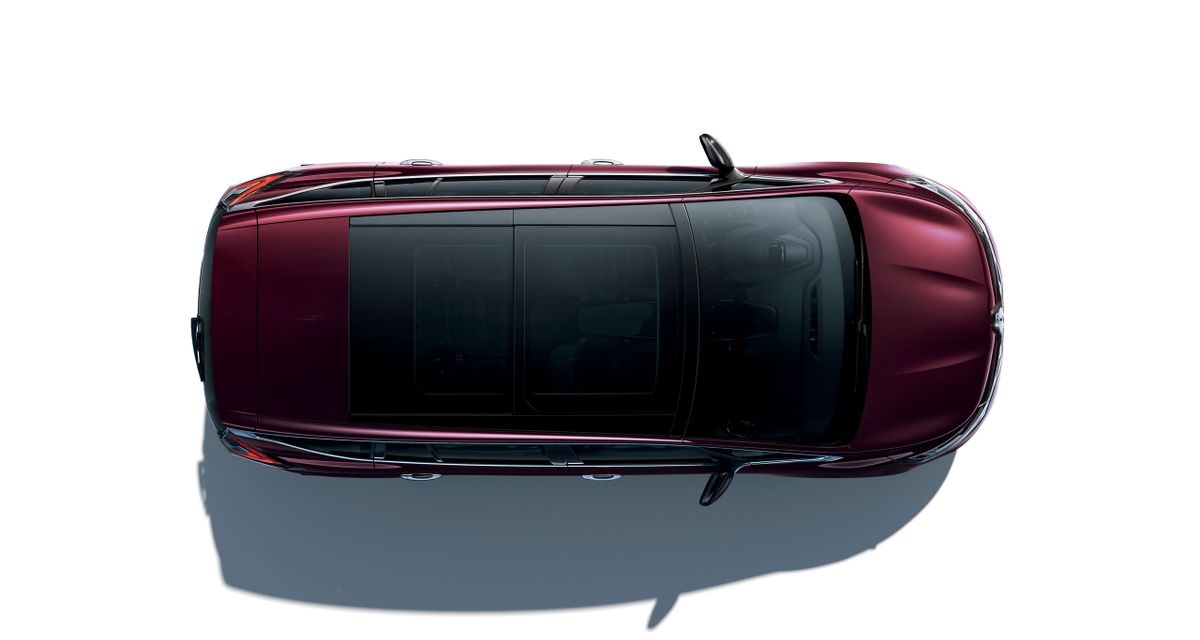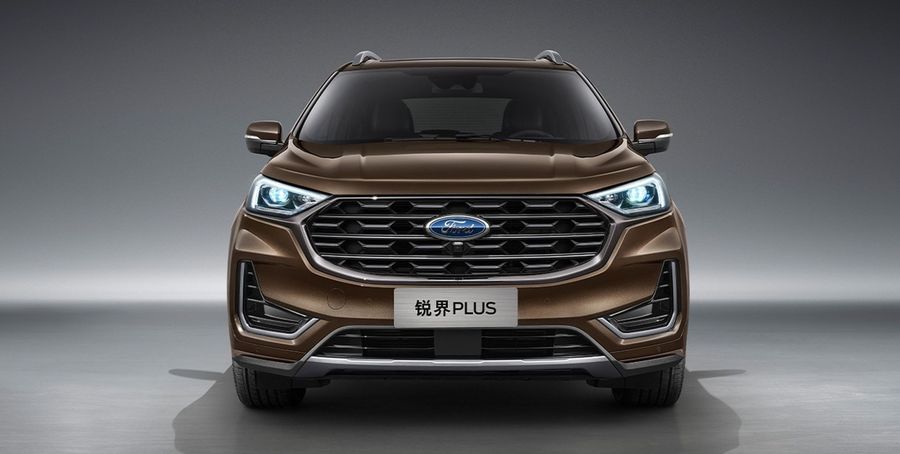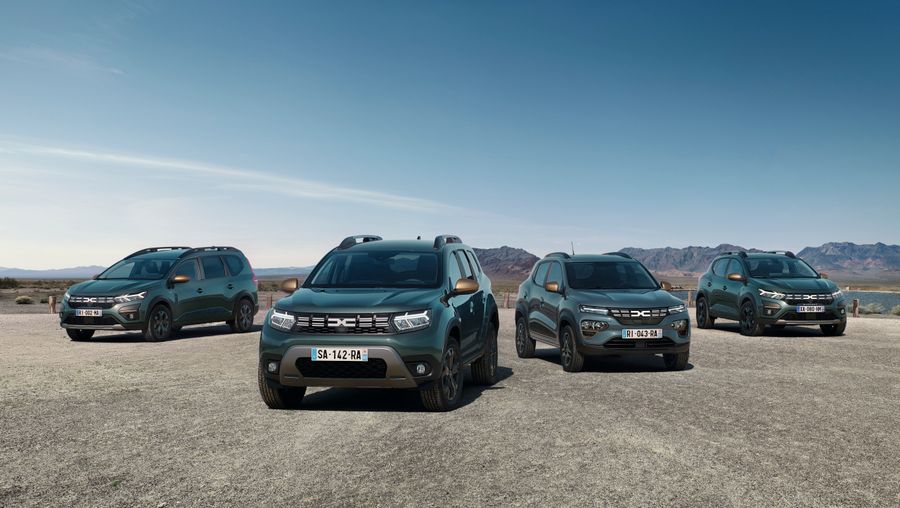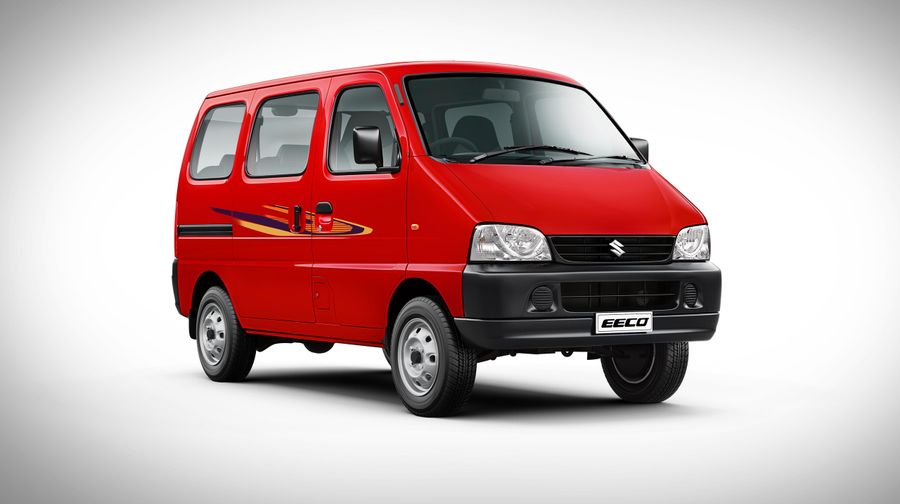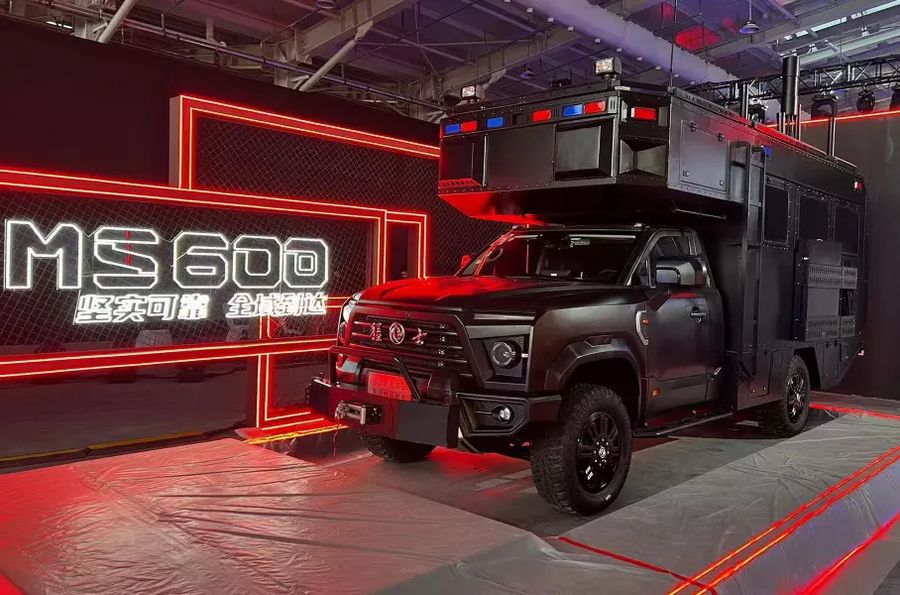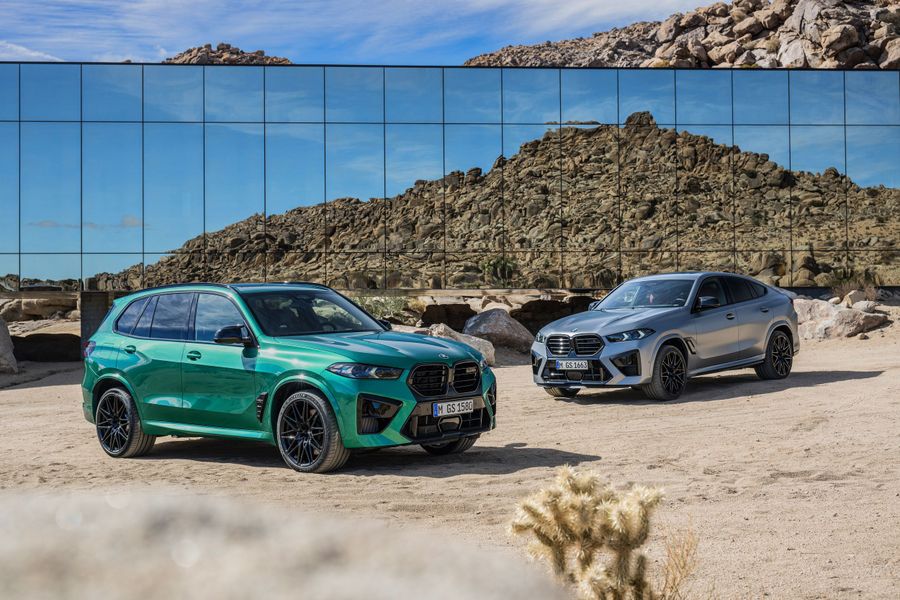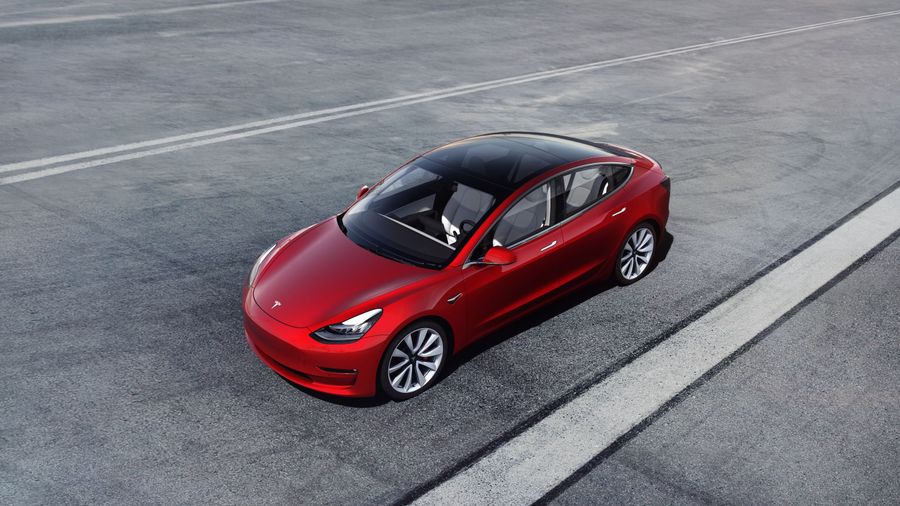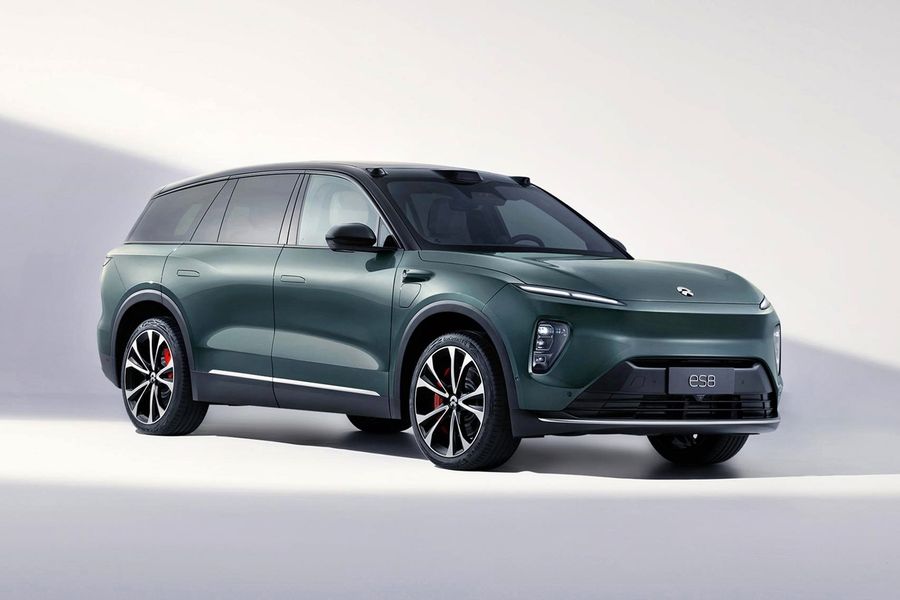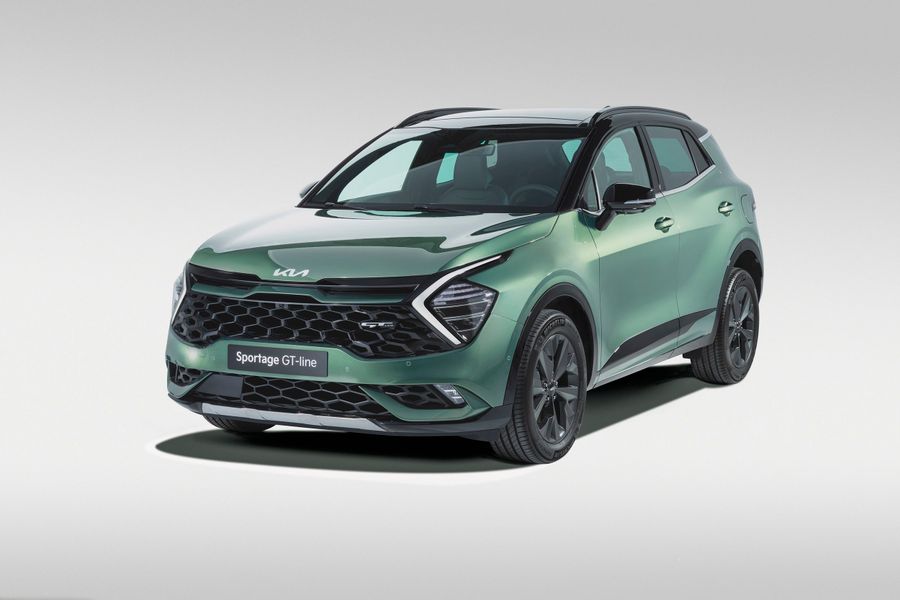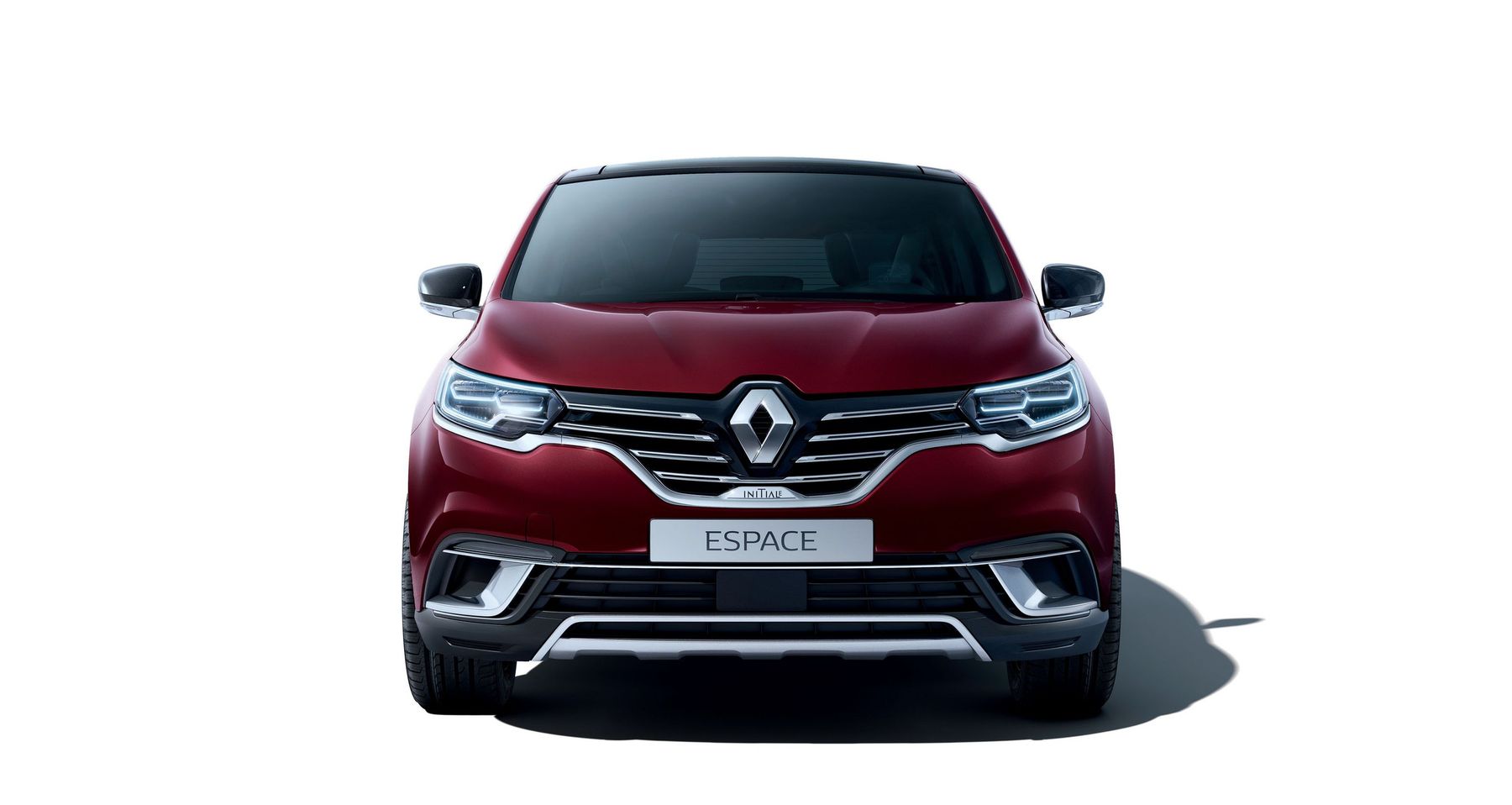
Renault Espace. World’s first production one-box minivan
The Renault Espace is a minivan manufactured by Renault (France) from 1984 to the present. The vehicle has gone through five generations. This is a real mastodon among minivans. However, the new Renault Espace is not officially available in Israel. It must be because minivans are becoming more extinct. But the Espace has a very rich history, because it is, in fact, the world’s first mass-produced one-box minivan, or at least that’s what the manufacturer claims. For a long time it remained the most popular minivan in Europe, and was ranked third in Top Gear’s Customer Satisfaction Survey.
The first generation Espace was developed by Matra. The concept itself was invented back in the 1970s by British designer Fergus Pollock. The project was truly revolutionary for those years and had to go through a difficult path, but was eventually taken under the wing of Renault. The French manufacturer used a longitudinal engine layout, which simplified the creation of an all-wheel drive version, but at the same time introduced some restrictions. To make an engine as short as possible, the radiator was placed in the engine compartment on the left, while the engine reached the very radiator grille. At the same time, the turbocharged diesel modifications, which were longer, needed a longer front end, which is why they received a prominent radiator grille and front bumper. The engine was combined with a manual transmission and front-wheel drive. Plus, Renault introduced a flat floor in the passenger compartment behind the front seats.
The first generation
Renault began production of the minivan in July 1984. In the first month, only nine vehicles were sold, but soon motorists understood the advantages of the MPV concept, and the new model started becoming more and more popular. In October 1984, the Turbo D and Turbo DX turbocharged diesel versions were added to the range. The Renault Espace began to be sold in the UK (since August 1985). In 1988, the manufacturer introduced an all-wheel drive Quadra modification. In total, 200 thousand vehicles were produced until 1991.
Moreover, in the year the car was released, American Motors Corporation (AMC) announced that it would begin selling it in the United States. Thus, the minivan made its overseas debut at the 1985 Chicago Auto Show. The first generation was produced until 1991. The vehicles were equipped with 2.0 and 2.2-liter gasoline carburetor and injection engines, as well as a 2.1-liter diesel engine, coupled with a 5-speed manual transmission. The minivan was 4.25 m long, 1.78 m wide and 1.66 m high. The wheelbase was 2.58 m.
The second generation
It was released in January 1991. The second Espace was a heavily-revised first generation vehicle. The model was primarily targeted at families. The exterior was designed in compliance with Renault’s corporate style, and the interior was significantly improved and provided with a new dashboard. The chassis remained unchanged. The vehicle featured a 2.8-liter V6 engine with an output of 153 hp. There were also 2.2-liter gasoline (110 hp) and 2.1-liter diesel (88 and 92 hp) engines. A total of 316 thousand second-generation vehicles were produced. Production ceased in October 1996.
The third generation
It was released in December 1996. At the beginning of 1998, a 27 cm longer version, called the Renault Grand Espace, also appeared in the model range. The vehicle was based on the platform of the first-generation Laguna passenger model, which is why the chassis of both models was mostly identical. The third Espace had a plastic body mounted on a galvanized steel chassis. There were 2.0 and 3.0-liter V6 gasoline engines with an output from 113 to 194 hp and 1.9 and 2.2-liter turbocharged diesel modifications.
This generation was distinguished by the highly futuristic interior, which included an elongated central instrument panel, a digital speedometer, and a CD radio with a digital display. In November 1999, a smaller 1.9-liter turbocharged diesel engine was added to the range, and in September 2000 the vehicle was restyled. Despite the emergence of numerous competitors, the Renault Espace remained the most popular minivan in Europe, and the total number of third-generation vehicles produced was more than 350 thousand units.
The third generation Renault Espace is the most popular minivan in Europe
The fourth generation
It appeared in November 2002. The fourth Espace demonstrated Renault’s new design direction, along with such radical models as Vel Satis and Avantime. Interestingly, the minivan was 90% recyclable and contained many materials that reduced weight, which contributed to fuel economy. The aluminum doors and hood were 20 kg lighter than their steel counterparts. In 2004, the famous BBC motoring show Top Gear organized a minivan race that featured two different Espace models, the Toyota Previa, Toyota Master Ace, Mitsubishi Space Wagon and Nissan Serena. The Espace models took first and second place, including a vehicle with a V6 engine. In addition, in 2005, the fourth generation Renault Espace was ranked third in Top Gear’s Customer Satisfaction Survey.
The Renault Espace is one of the most popular minivans in Europe, ranked 3rd in the Top Gear’s Customer Satisfaction Survey
The vehicle still had the usual 5-seater and longer six- or seven-seater version Grand Espace. The vehicle featured a 2-liter turbocharged engine with an output of 170 hp or a 3.5-liter naturally-aspirated V-6 engine with an output of 245 hp. There were two turbocharged diesel engines: 2.2 (150 hp) and 3.0 (180 hp). After restyling in 2006, new 2.0 and 3.0-liter dCi engines appeared. In October 2010, an updated minivan was presented at the Paris Motor Show, featuring minor changes, new LED headlights and improved equipment. On June 22, 2012, Renault announced another restyling of the vehicle to bring it in line with Laurens van den Akker’s “family feeling” design concept. At the same time, the company introduced the new 2.0 dCi (M9R) engines to comply with the new French CO2 emission regulations.
The fifth generation
It was presented at the 2014 Paris Motor Show. The new Renault Espace is built on the CMF modular platform, which makes the French model related to the Nissan Qashqai SUV. In fact, the designers abandoned the large MPV concept of previous generations and made the Espace similar to a luxurious mid-size SUV. The vehicle does not have an all-wheel drive version, but offers an all-wheel-drive chassis with rear wheels steering at an angle of up to 4 degrees as an option. The model has also borrowed its engines from Nissan: 1.6-liter turbocharged gasoline and 2-liter turbocharged diesel engines. There are also 1.8-liter turbocharged Tce and 1.6-liter turbocharged diesel Energy dCi engines. There is a choice between a 6-speed manual transmission and two robotic gearboxes (6 and 7 steps). The vehicle is 4,878 mm long, 1,888 mm wide and 1,675 mm high.
Renault has equipped its minivan with radar adaptive cruise control and automatic braking, lane departure warning and traffic sign recognition systems with speed limit warnings and 360-degree sensors. The vehicle features the latest version of the Renault R Link 2 information system (voice control, navigation, Bluetooth and radio), the Start-Stop system. There is a rearview camera and a hands-free parking system.
2020 restyling
The restyled Renault Espace went on sale in the summer of 2020. Restyling has changed the exterior, interior and equipment. The new Espace is the first Renault model to offer optional adaptive matrix headlights, the light of which is adjustable and does not dazzle other road users. The electronics have been improved. The minivan now features the latest Easy Link multimedia system, as well as a 10.2-inch digital dashboard that can display both the instrument scale and its digital display or navigation map. A 1.8 TCe turbocharged gasoline engine (225 hp) can be paired with a 7-speed preselective robotic gearbox or a 2.0 Blue dCi turbocharged diesel engine (160 or 200 hp), which ‘cooperates’ with a 6-speed dual-clutch robotic gearbox. The updated adaptive cruise control, which works when driving on the highway and in traffic jams, comes with the lane keeping assist functions and an emergency braking system.


